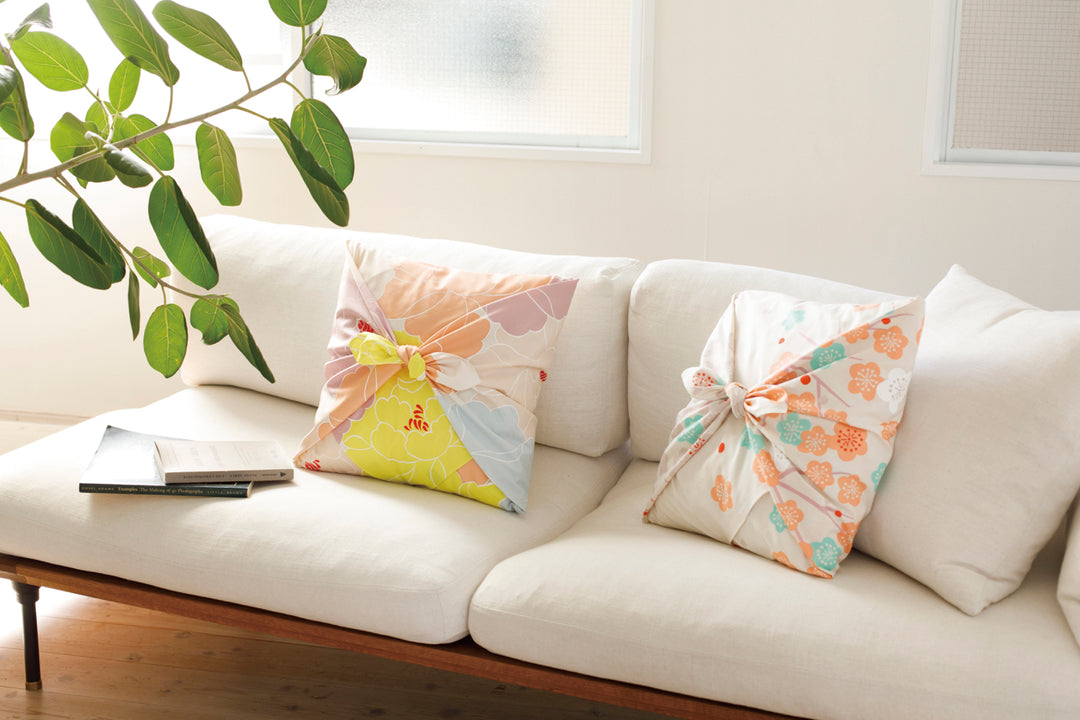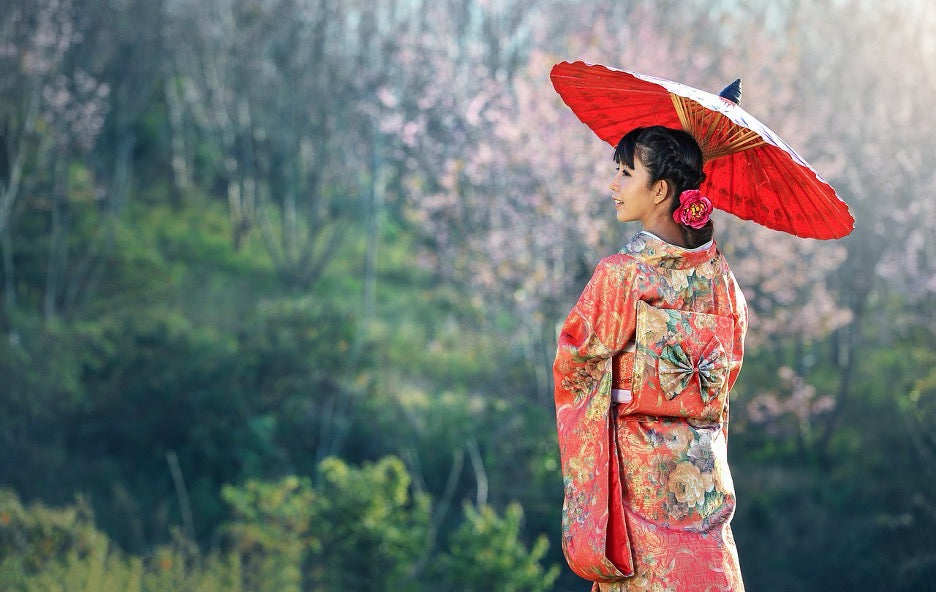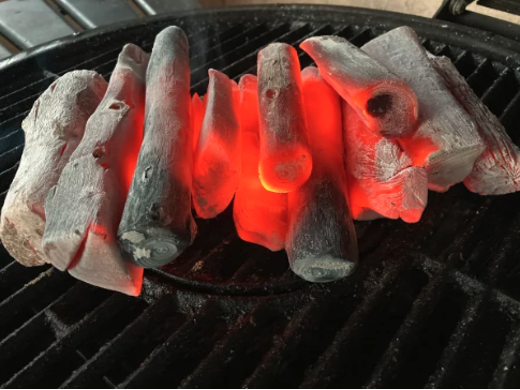The Beauty & Zen of Japanese Calligraphy

In East Asian cultures, calligraphy, painting, and poetry are often referred to as the “three perfections”, as it’s considered the ultimate in artistic achievement.
Japanese calligraphy, or Shodo, is an art form that has been an important part of Japanese culture for centuries. It’s a form of expression that combines written characters with the flow of the brush, creating a unique style that is distinct from other forms of calligraphy around the world.
Japanese calligraphy is more than just a form of writing; it is a way of life. Its main focus is simplicity, beauty and a connection between mind and body, which is closely tied to the concepts of Zen Buddhism. When practising calligraphy, the calligrapher must be fully present in the moment, focusing all their attention on the brush strokes and the flow of ink.
The brush, ink, and paper are all considered essential elements of the art form, and they all work harmoniously with each other. Firstly, the brush must be held correctly and used with a steady hand to create a beautiful effect. Secondly, the ink must be of the right consistency, and lastly, the paper must be of high quality to absorb the ink and create a clear, sharp image.
Stepping back in time
Japanese calligraphy has a long, rich history that can be traced back to the 4th century AD. At that time, Japan was beginning to develop its own culture, and Chinese characters were introduced to Japan. The Japanese adapted these characters to their own language and began to develop their own calligraphy style.

Image credit: philamuseum.org
The Heian period (794-1185)
Calligraphy became an important part of the aristocratic culture in Japan. This was a time of peace and prosperity, and the court nobles spent a lot of time studying the arts and calligraphy. The aristocrats developed a refined and elegant style of calligraphy, which was often used to write poetry and other literary works.
The Kamakura period (1185-1333)
The Samurai class emerged as a new force in Japanese society. The Samurai were skilled warriors who valued discipline and self-control. They also practised calligraphy as a way to cultivate their inner strength and focus their minds.
The Edo period (1603-1868)
Calligraphy became more accessible to the general public. It was during this time that the first schools of calligraphy were established, and calligraphy became an important part of education in Japan. Many of the famous calligraphers of this period were also poets, and they often combined calligraphy with poetry to create works of art that were both beautiful and meaningful.
A Living Culture
Today, calligraphy remains an important part of Japanese culture. Many Japanese people still practise calligraphy to connect with their cultural heritage and express their creativity. Calligraphy classes are also offered in Japanese schools and community centres, helping to ensure that this ancient art form continues to be passed down to future generations.
Calligraphy Sets
We’re delighted to offer a small range of calligraphy sets that enable you to experience the wonderful zen and mindfulness that it provides.
“Fudehime” Calligraphy Brush Pens (set of 12)
Handmade by a special craftsman from Hiroshima, Japan. This is the perfect brush for writing calligraphy, composing picture letters, postcards, and memo cards and for watercolour paintings, colouring books, sketches, and more.

ZEN Stroke Reusable Calligraphy Paper (Grey)
Practice makes perfect when it comes to calligraphy. This special reusable sheet of calligraphy paper enables you to write over and over again, with no risk of ink spillages.

Mini Calligraphy Set with Kumanofude
The ideal gift for the calligraphy enthusiast – be it a beginner or expert. The box contains all the essentials including two Kumanofude brushes, an Indian ink bar, an ink stone, a pitcher, a brush putting, and a memo pad, into a paulownia box compactly.

Learn the Art
Interested in learning the wonderful practice of calligraphy? Try one of the courses below.
Online (international)
School of Shodo – Japanese calligraphy courses, workshops, one-on-one lessons and group classes.
Cape Town
Cape Friends of Calligraphy – General calligraphy lessons and courses.
Johannesburg
Calligraphy Joburg – General calligraphy, brush lettering and handwriting coaching.
Last Words
Japanese calligraphy is an intricate art form that has played an important role in Japanese history and culture. From the refined and elegant style of the aristocrats to the disciplined and focused practice of the Samurai, calligraphy has been used to express a wide range of emotions and ideas. It continues to be an important part of Japanese culture, connecting people with their past and inspiring creativity for the future.
Go on, give it a try! It’s a wonderful outlet that forces you to slow down, focus and breathe, and tap into an ancient craft that is steeped in history.




